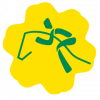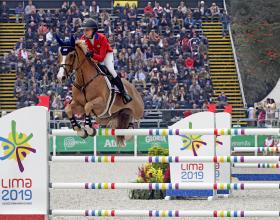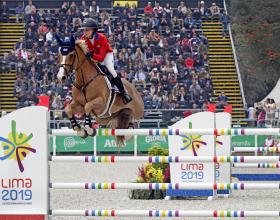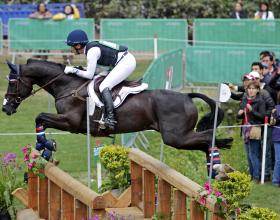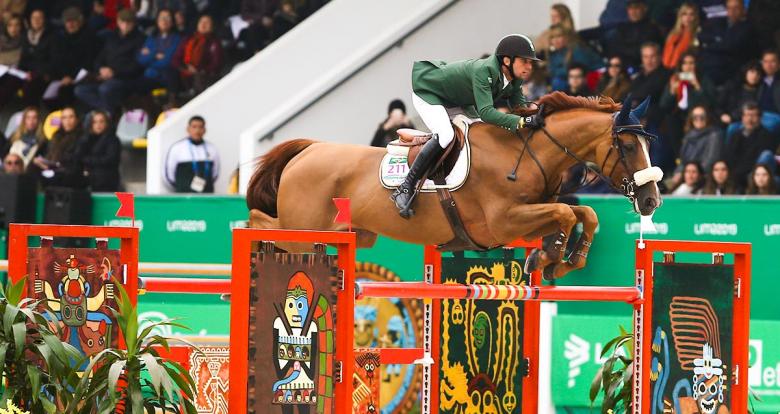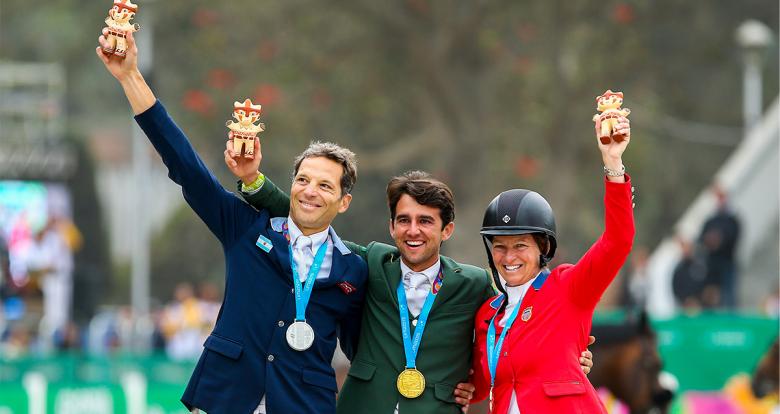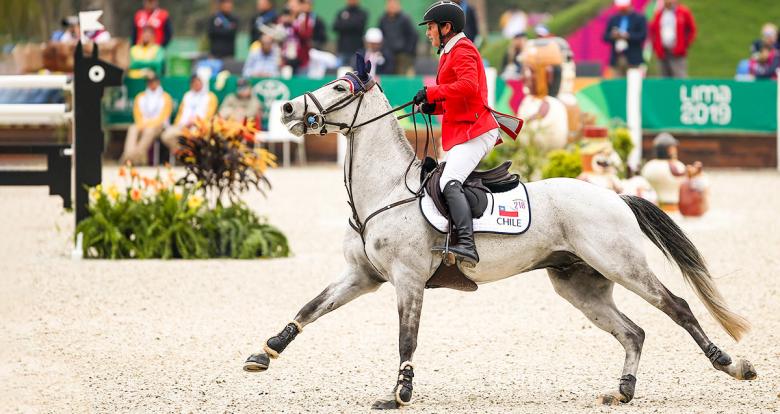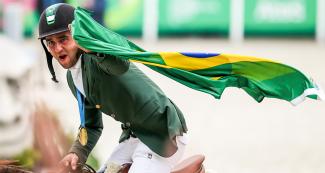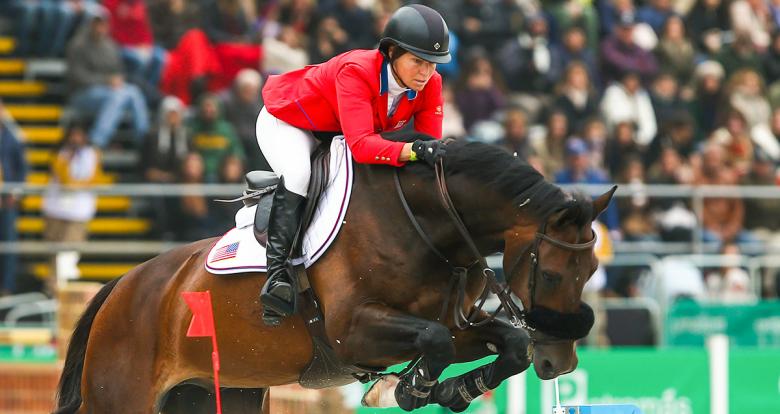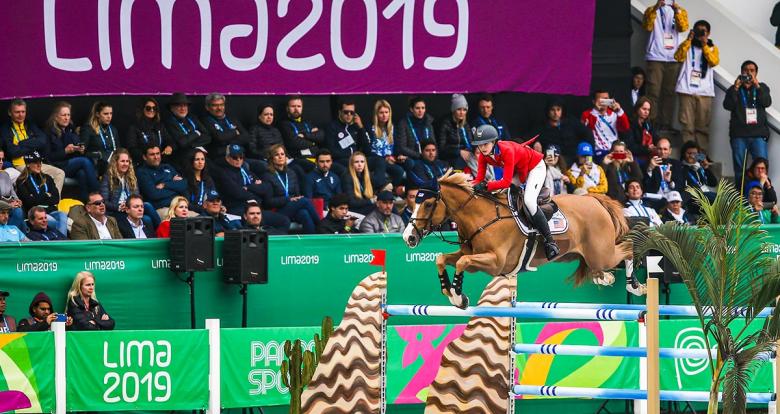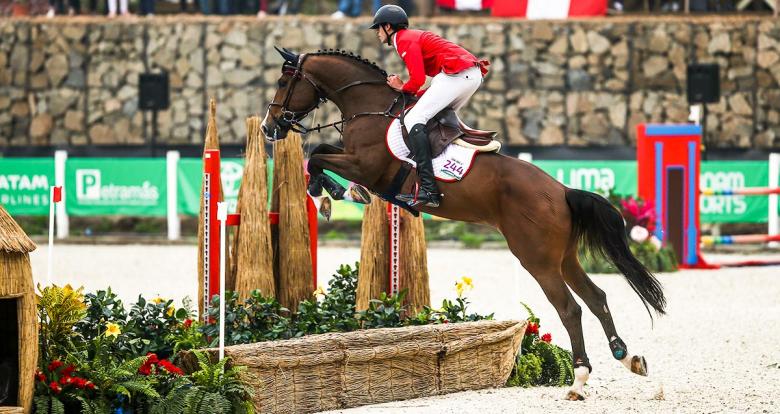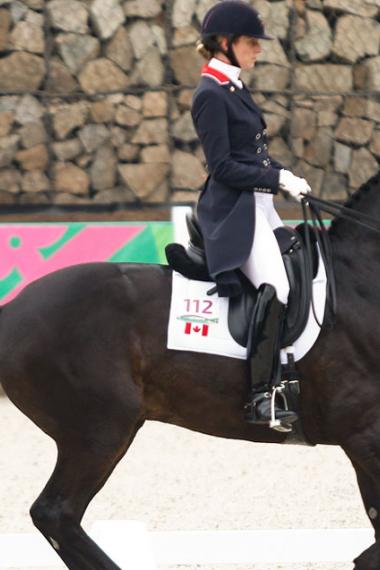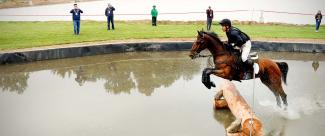
Equestrian
| DRESSAGE | eventing |
|---|---|
| The highest expression of horse training and elegance. In an arena of 60 m by 20 m, the judges evaluate the rider and the horse, while performing predetermined movements, such as walking, jogging and galloping, and a freestyle routine specifically choreographed by each competitor and performed to music. | Eventing is often referred to as the equestrian version of triathlon. This discipline tests the horse and the rider in all aspects of equestrian sport, it combines dressage, jumping, and cross-country. The eventing competition takes places over three days: dressage, cross-country race and jumping events. |
| JUMPING |
|
|---|---|
| The jumping discipline is characterized by the synchronized performance of the horse and the rider when jumping a series of obstacles. This discipline tests the courage, control and technical ability of the rider. After 15 jumps, anyone who has committed fewer faults in the shortest possible time will be the winner. |
| DRESSAGE |
|---|
| The highest expression of horse training and elegance. In an arena of 60 m by 20 m, the judges evaluate the rider and the horse, while performing predetermined movements, such as walking, jogging and galloping, and a freestyle routine specifically choreographed by each competitor and performed to music. |
| EVENTING |
| Eventing is often referred to as the equestrian version of triathlon. This discipline tests the horse and the rider in all aspects of equestrian sport, it combines dressage, jumping, and cross-country. The eventing competition takes places over three days: dressage, cross-country race and jumping events. |
| JUMPING |
|---|
| The jumping discipline is characterized by the synchronized performance of the horse and the rider when jumping a series of obstacles. This discipline tests the courage, control and technical ability of the rider. After 15 jumps, anyone who has committed fewer faults in the shortest possible time will be the winner. |
|
MEN EVENTS
|
WOMEN EVENTS
|
|---|---|
| Dressage individual | Dressage individual |
| Dressage teams | Dressage teams |
| Eventing individual | Eventing individual |
| Eventing teams | Eventing teams |
| Jumping individual | Jumping individual |
| Jumping teams | Jumping teams |
|
men events
|
|---|
| Dressage individual |
| Dressage teams |
| Eventing individual |
| Eventing teams |
| Jumping individual |
| Jumping teams |
|
women events
|
| Dressage individual |
| Dressage teams |
| Eventing individual |
| Eventing teams |
| Jumping individual |
| Jumping teams |
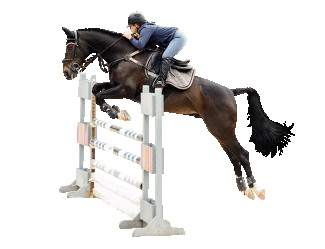
While dressage offers an unforgettably elegant and graceful aesthetic experience in which the rider and horse perform a choreographed routine accompanied by music, the jumping competition tests speed, power and control to ride through obstacles with decision and strength. Eventing is the most demanding. It combines dressage and jumping and also a long cross-country course with natural and artificial obstacles, considered to be one of the most dangerous events. During Lima 2019, this sport was held at the Army Equitation School. The favorite was the US, that arrived in Lima as the historic leader with 48 gold medals.
Keywords
Dressage: Is the groundwork for all other equestrian disciplines. Scores are awarded for individual
movement and overall routine.
Jumping: It takes place on a course with approximately 15 fences. Fences are designed to fall down if a horse hits them as they jump, resulting in a fault. The winner is the rider who completes the course within the set time and with fewest faults.
Eventing: It takes place over three days. The first day is dressage, the second day is a cross-country race and the third day is jumping.
Canter: An easy gait where the horse’s three legs are off the ground at once.
Half-pass: When a horse moves forward and sideways at the same time.
Piaffe: A highly elevated trotting movement performed on the spot.
Refusal: When a horse stops at a jump. This results in a fault/penalty points.
Triple bar: A jump feature three sets of rails at varying heights, with just a few steps between them.
Equestrian is the only Olympic and Pan American sport in which humans and animals compete together. The beginnings of this sport go back to ancient Greece, more than 2000 years ago, when dressage was used to train horses for war. In England, during the 18th century, hunters taught their horses to jump obstacles. The discipline was later included in the Paris 1900 Olympic Games program with jumping events only. At first, equestrian was a competition for men only. However, since the Helsinki 1952 Olympic Games, women started competing in mixed events.

Images
Related Albums


